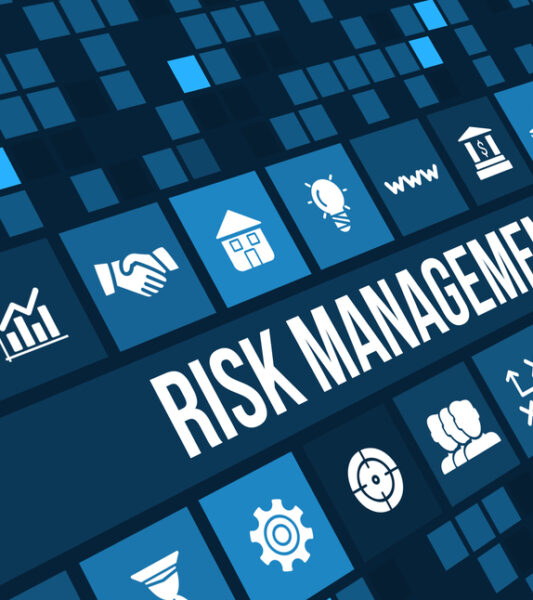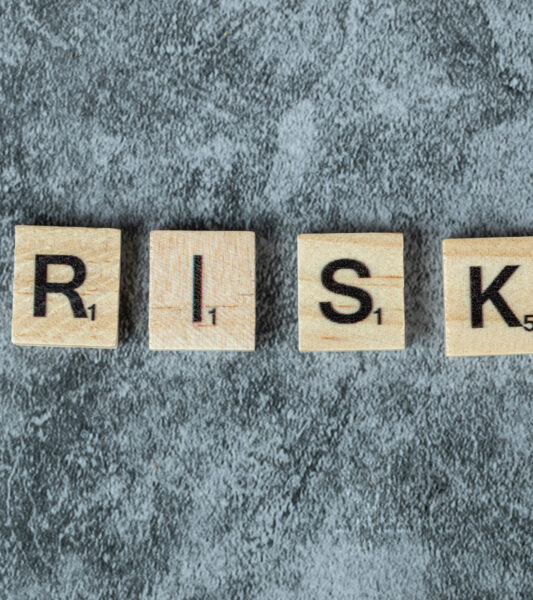Resources
Regulatory Backstop
"The presence of a robust regulatory backstop is instrumental in fostering confidence in the financial system and...

The Essential Role of Due Diligence in AML Compliance
One of the fundamental components of AML compliance is due diligence. This article explores the essential role...

Shell Bank in AML World
Shell banks present significant risks in the realm of anti-money laundering (AML), requiring focused attention from AML...

Risk-Based Compliance
Stay ahead of financial crimes with risk-based compliance. Learn how AML professionals can foster a risk-aware culture,...

Exposed Person Lists (EPL)
Enhance your AML compliance practices with Exposed Person Lists (EPLs). Dive into the world of risk assessment,...

How to Develop an Effective AML Compliance Program
Developing an effective AML compliance program is a complex but crucial task. It's not just about ticking...

Straw Man Accounts in AML
Discover the ins and outs of strawman accounts in this comprehensive guide tailored for AML professionals. Explore...

Compliance Monitoring for AML Professionals
Discover the world of compliance monitoring and its vital role in combating financial crime. This comprehensive guide...

Adopting a Risk-Based Approach to KYC and AML Compliance
In this article, we will delve into the concept of adopting a risk-based approach to KYC and...

The Future of AML Compliance Post-5AMLD: What Experts Are Saying
In today's globalized and interconnected world, combating money laundering and terrorist financing has become a critical priority...
